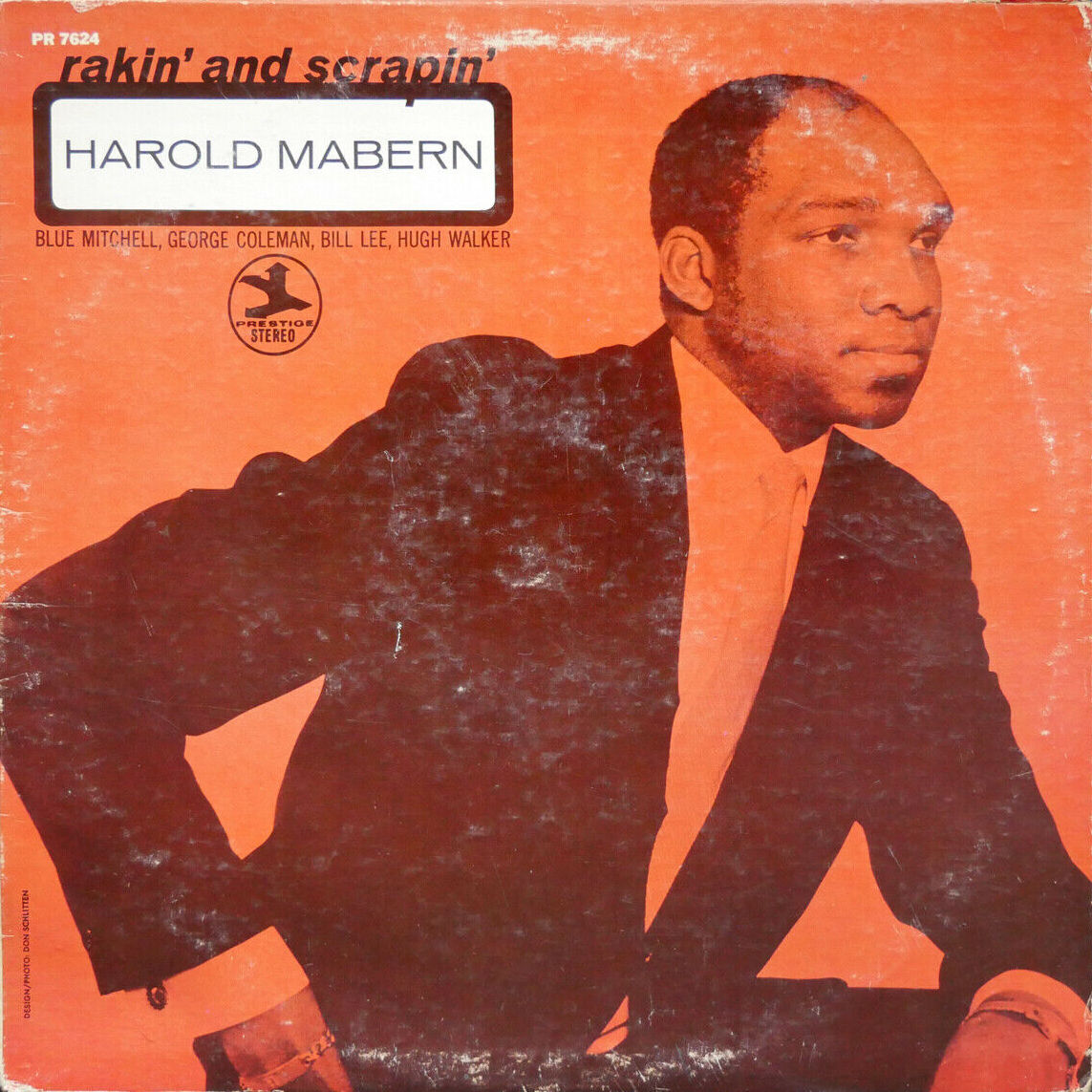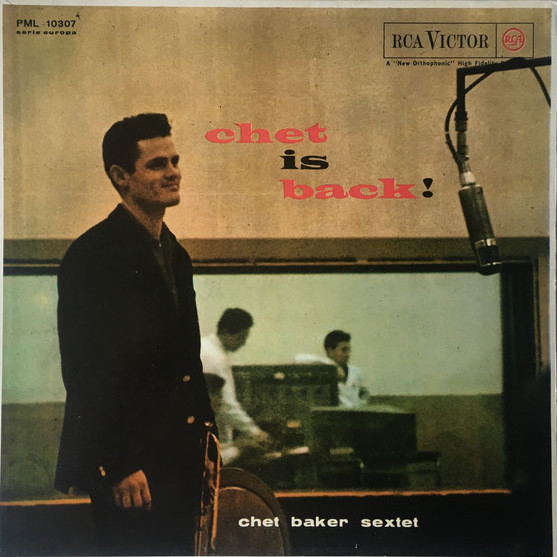NEW RELEASE – THE NEW YORK SECOND
The New York Second expertly jazzifies the essays of Aldous Huxley. Try it some time.
Personnel
Harald Walkate (piano), Teus Nobel (trumpet, flugelhorn), Mark Alban Lotz (flute), Jesse Schilderink (tenor saxophone), Vincent Veneman (trombone), Thomas Pol (bass), Max Sergeant (drums)
Recorded
at Wedgeview in 2021
Released
on Sena in 2021
Track listing
These Are The Chosen Words
Him, A Bull? Ha! A Bird
The Bostonian
The Drowned World
Music At Night
No More Epilogues
The Keys Ain’t The Keys No More
The Ayes Have It
The Drowned World (reprise)
There has been a steady flow of ‘literary’ or shall we say ‘conceptual’ jazz recordings in The Netherlands of late. Under The Surface featuring Sanne Rambags has built an album around pre-Middle Age lyrical sources. Coal Harbor’s Feedforward focuses on the 21st century paradox of growth and decline. Bass clarinetist Joris Roelofs’ Rope Dance is inspired by Friedrich Nietzsche. The inspiration of Mete Erker and Jeroen van Vliet’s In stems from the utopian story Island by Aldous Huxley, writer of the famous book Brave New World.
While reviewing those projects has been left in the able hands of others elsewhere, I do have permission to share my thoughts on The New York Second’s Music At Night here, which incidentally takes Huxley’s book of essays Music At Night as the springboard for nine carefully crafted compositions by Amsterdam-based pianist and bandleader Harald Walkate. In various combinations, The New York Second has released three albums, preceding their latest by Bay Of Poets and Emergo. Besides Walkate, the band nowadays includes trumpeter and flugelhorn player (and co-producer) Teus Nobel, flutist Mark Alban Lotz, tenor saxophonist Jesse Schilderink, trombonist Vincent Veneman, bassist Thomas Pol and drummer Max Sergeant.
Interestingly, Leiden-born Walkate (1970) kindly explained by email that he is not only a jazz musician but also works in finance. His travel experiences seep through in his work, in the case of Music At Night, for instance, visits to Paris, Boston and Florida. Walkate: “Naturally, while I’m staying abroad I always go to concerts and get into touch with local musicians.”
There’s always the risk that ‘literary’ and ‘conceptual’ spiral out of control and equate with pompousness. (It happens) Though the repertoire of Music At Night definitely is through-composed, Walkate and The New York Second successfully manage to avoid this pitfall. The arcs of Walkate’s diverse and suspenseful tunes are tackled expressively and his uncanny timing and voicing of brass and reed keeps the listener on the edge of his seat.
Walkate himself (you get the feeling you have come to know this man and charming writer a bit by reading the extensive liner notes by him and friends and you imagine him seated in a Chesterfield chair, glass of Scotch in one hand, a book by James Thurber in the other… or am I picturing myself… liner notes that may certainly enhance your listening experience, though it has to be said that the music perfectly stands on its own) is a thoughtful soloist. Especially enticing during the sultry, film noir-ish The Keys Ain’t The Keys No More, Walkate performs a fully rounded short story of repetitive motives and rhythmic shifts.
It would be insincere to say that all tunes are equally satisfying to me. However, coherence and a good flow are strong points of the album and ‘satisfying’ (and ‘easy peasy’) are words that appropriately describe the task of picking a couple of winners. The hilarious title of Him, A Bull? Ha! A Bird coincidentally is an anagram of Abdullah Ibrahim, whose style is said to prefigure that of The New York Second’s pater familias. The ballad shifts focus to an anecdote of a meeting between Hemingway and Picasso and features lively playing by Schilderink, whose tenor sound is imbued with a slightly raw edge and growl.
A nimble and exotic beat nudges along Music At Night, a multi-layered piece that benefits not only from the melodic leading role of Pol’s bass but also from Veneman’s killer trombone, Lotz’s supple flute and Nobel’s flexible trumpet (remarkably steady and spicy in all registers). Here’s a bunch of cats that capitalize on Walkate’s opportunities like elegant strikers on the soccer pitch of Camp Nou.
That makes up for a hattrick. And then some. The oblique but tantalizing movements of The Ayes Have It seem to find the middle ground between dark-hued Wayne Shorter and uplifting Duke Pearson. And arguably also resemble the stylings of one of Walkate’s self-declared favorite bands, the jazz and literature-inspired alt-pop phenomenon Steely Dan. To be sure, Walkate/The New York Second and Becker/Fagen have in common high-level musicianship and a great ear for detail and definitely delivered a must-hear.
The New York Second
Find Music At Night on Walkate’s website here.











